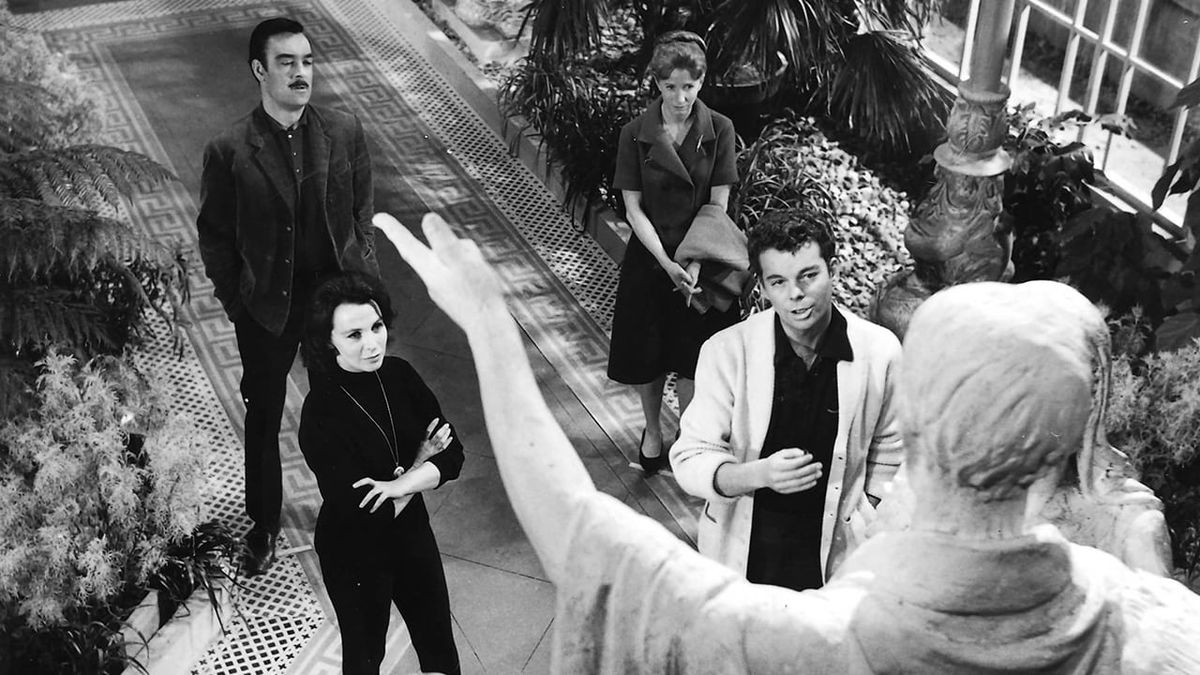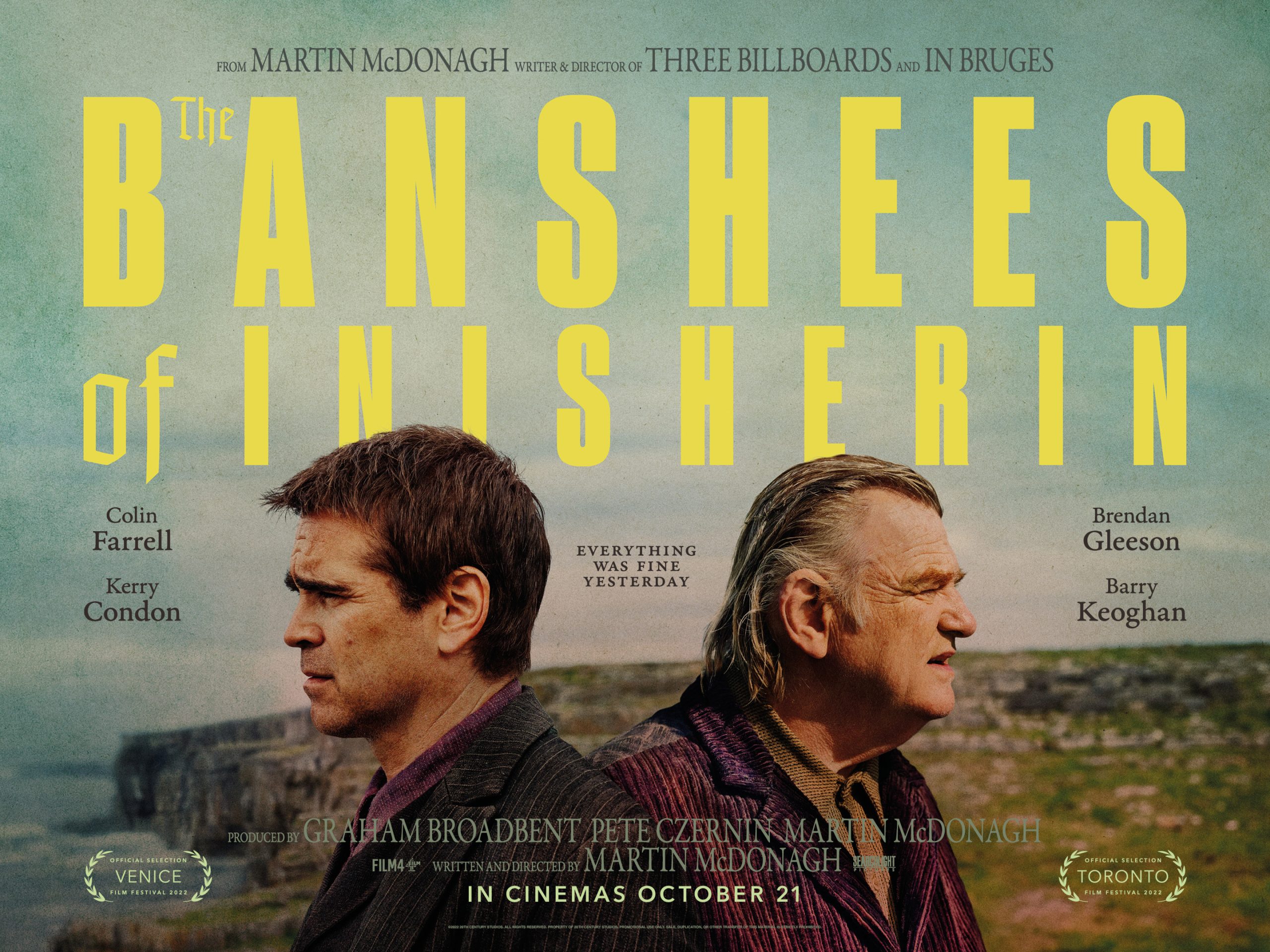dreamabodefinder.com – Lady Bird (2017), directed by Greta Gerwig, is a masterful coming-of-age film that captures the bittersweet journey of adolescence with remarkable honesty and humor. The film, which received critical acclaim and multiple Oscar nominations, tells the story of Christine “Lady Bird” McPherson (Saoirse Ronan), a fiercely independent teenager navigating her senior year of high school in Sacramento, California.
Plot Overview
Set in 2002, Lady Bird explores the protagonist’s yearning to escape her small-town life and attend college on the East Coast, “where culture is.” The story delves into her relationships with family, friends, and romantic interests while she struggles to define her identity and assert her independence. Central to the film is Lady Bird’s complex and often contentious relationship with her mother, Marion (Laurie Metcalf), who is both deeply loving and fiercely critical.
The film’s narrative is punctuated by moments of humor, heartbreak, and raw emotion, making it relatable to anyone who has experienced the growing pains of transitioning to adulthood. From her first heartbreak to the trials of navigating friendships and self-worth, Lady Bird’s journey is both deeply personal and universally resonant.
Themes and Emotional Resonance
At its core, Lady Bird is a story about identity, ambition, and the push-and-pull of familial love. The strained but heartfelt bond between Lady Bird and her mother is the emotional heartbeat of the film. Marion’s efforts to keep the family afloat financially contrast with Lady Bird’s desire to break free from what she perceives as limitations, leading to moments of tension, miscommunication, and tenderness.
Greta Gerwig expertly captures the nuances of small-town life, the awkwardness of teenage years, and the yearning for something bigger. The film’s humor balances its emotional depth, creating a rich tapestry of experiences that feel authentic and lived-in.
Performances
Saoirse Ronan delivers a career-defining performance as Lady Bird, perfectly embodying the character’s vulnerability, wit, and defiance. Laurie Metcalf’s portrayal of Marion is equally compelling, earning her an Academy Award nomination for Best Supporting Actress. The supporting cast, including Tracy Letts as Lady Bird’s gentle and supportive father, and Beanie Feldstein as her loyal best friend Julie, add depth and dimension to the film.
Cinematic Style
Gerwig’s directorial debut showcases her keen eye for detail and her ability to tell intimate stories with universal appeal. The film’s warm cinematography by Sam Levy captures the nostalgia of early 2000s suburban life, while the screenplay’s sharp dialogue and well-drawn characters elevate the narrative. The pacing is brisk, and every scene feels purposeful, contributing to the film’s rich emotional texture.
Cultural Impact
Lady Bird resonated with audiences and critics alike, becoming one of the most beloved films of 2017. It was praised for its authentic portrayal of teenage life and the mother-daughter relationship, earning five Academy Award nominations, including Best Picture, Best Director, and Best Actress for Saoirse Ronan. Greta Gerwig made history as one of the few women nominated for Best Director, solidifying her status as a formidable filmmaker.
The film’s relatable themes and sharp storytelling have cemented its place as a modern classic. It has inspired countless viewers to reflect on their own coming-of-age experiences and the complex dynamics of family relationships.
Conclusion
Lady Bird is more than just a coming-of-age story; it is a deeply human tale that explores the joys and sorrows of growing up with sincerity and warmth. Greta Gerwig’s impeccable direction, combined with outstanding performances and an emotionally resonant script, makes this film a timeless exploration of love, identity, and the bittersweet nature of change. Whether you’re revisiting your teenage years or simply seeking a heartfelt and beautifully crafted film, Lady Bird is a must-watch.





